
Viral infections can wake up dormant breast cancer cells in the lung, driving metastasis
www.nature.com/articles/s41...
@goico13.bsky.social
Researcher investigating the intersections of cell death, immunity, and cancer biology, with a particular focus on the roles of transposable elements and RNA biology in disease processes @meierlabicr.bsky.social

Viral infections can wake up dormant breast cancer cells in the lung, driving metastasis
www.nature.com/articles/s41...

ADAR1 loss in BRCA1/2 drives R-loop buildup and lethal IFN signaling
www.nature.com/articles/s41...
Exciting new paper in Cancer Discovery: ecDNA drives spatial tumor evolution
aacrjournals.org/cancerdiscov...

Regulation by RNAs might be even more extensive than we thought. Many enzymes and other proteins not previously considered as RNA-binding proteins do seem to fall into this class & might have their activity regulated by RNA.
www.cell.com/cell/fulltex...
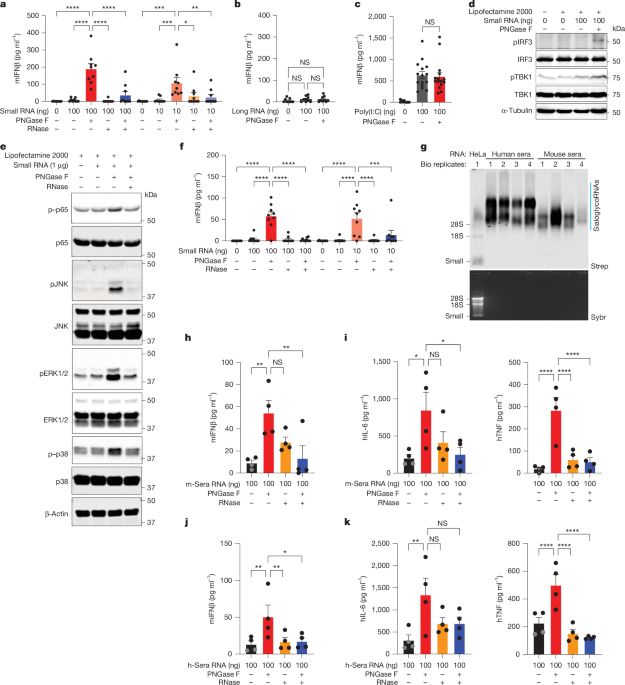
#GlycoPower! @vijayrathinam.bsky.social
@raflynn5.bsky.social @vinnieviruses.bsky.social &co show @nature.com that N-glycosylation of host small-RNAs present at cell surface prevents immune recognition by TLR3 and TLR7 upon apoptotic cells uptake avoiding autoinflammation!



Thrilled to present my research at the 2024-25 Annual ICR Conference! And deeply grateful to receive an Oral Presentation prize! Huge thanks to the whole @meierlabicr.bsky.social, organizers, and brilliant colleagues for the inspiration. Onward! 🚀 #ICR2025 #Research #Science
29.06.2025 23:05 — 👍 2 🔁 0 💬 0 📌 0
SP140 lowers IFN-β by switching off RESIST (a newly found mRNA stabilizer) and stalls gamma-herpesvirus. Dual antiviral punch!
www.nature.com/articles/s41...
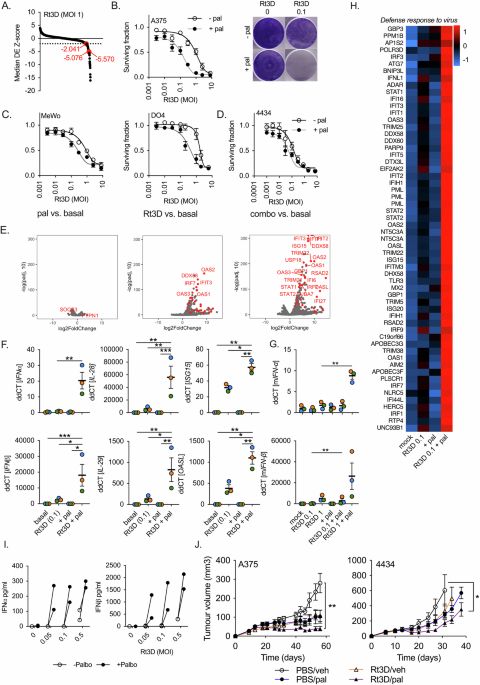
Just out in Nature Comms! Palbociclib in combination with virotherapy amplify ER stress and immune activation.
www.nature.com/articles/s41...

Cancer cells transfer mitochondria with mutated mtDNA to tumor-infiltrating T cells, impairing their function and promoting immune escape. Awesome work!
www.nature.com/articles/s41...

Delivery of cytosolic bacterial pathogens elicits anti-tumor responses via actiavtion of TLR pathway.
www.sciencedirect.com/science/arti...
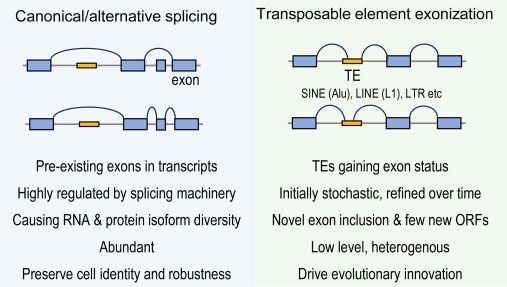
Exonization of transposons leads to the formation of new protein-coding sequences, potentially impacting immune regulatory pathways.
www.cell.com/molecular-ce...

Chromosome missegration activates dsRNA-sensing pathway in a MAVS-dependent manner and enhances innate immune signaling!
www.cell.com/molecular-ce...
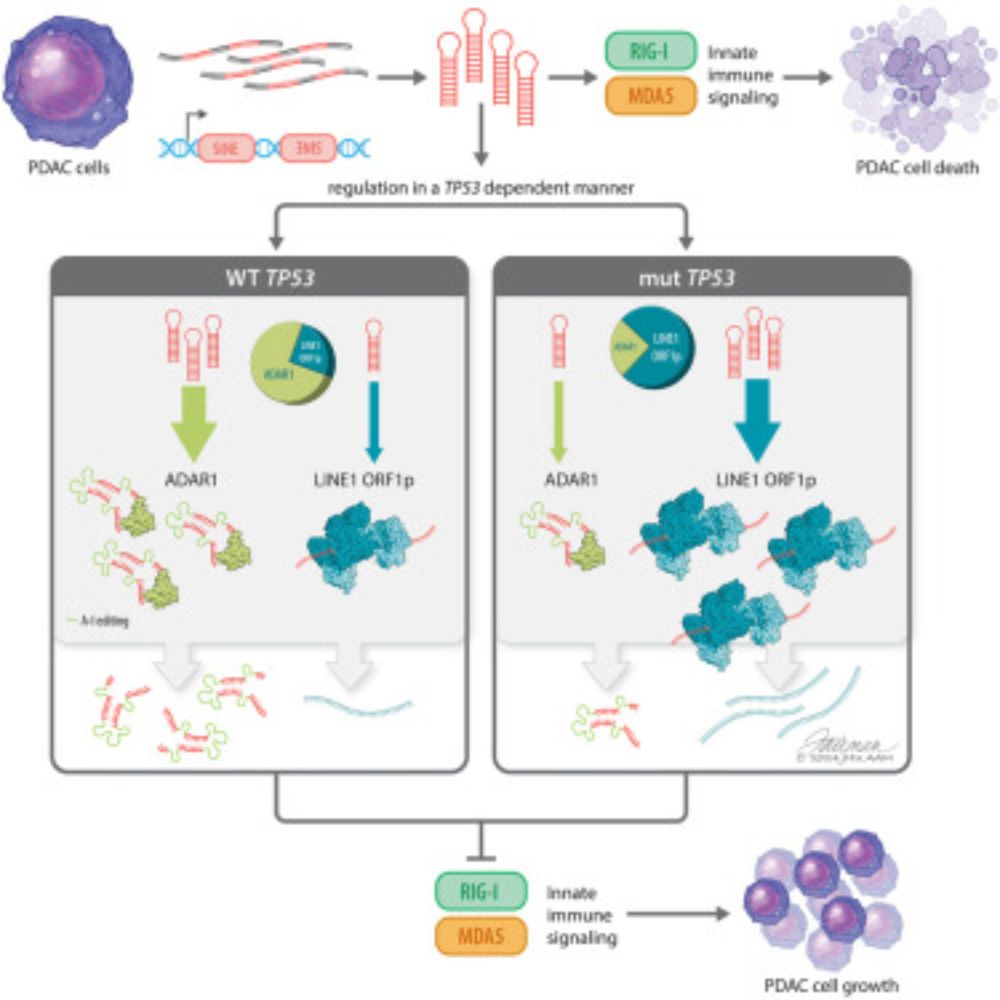
A new study in @cellpress.bsky.social Immunity from the lab of Dr. Benjamin Greenbaum provides insights into how #PancreaticCancer cells accommodate active retrotransposons without triggering the innate immune response. #oncsky #medsky
27.11.2024 18:57 — 👍 22 🔁 10 💬 0 📌 2
Insights by Erika Valeri and @kajastelab.bsky.social: Two works by Chan et al. (https://buff.ly/3D66PfJ) and Ru et al. (https://buff.ly/49or5Fo) identify defective RNA processing as the root cause of impaired antiviral immunity against #SARSCoV2 in the human brainstem: https://buff.ly/4g74MXy
06.12.2024 18:19 — 👍 8 🔁 5 💬 0 📌 1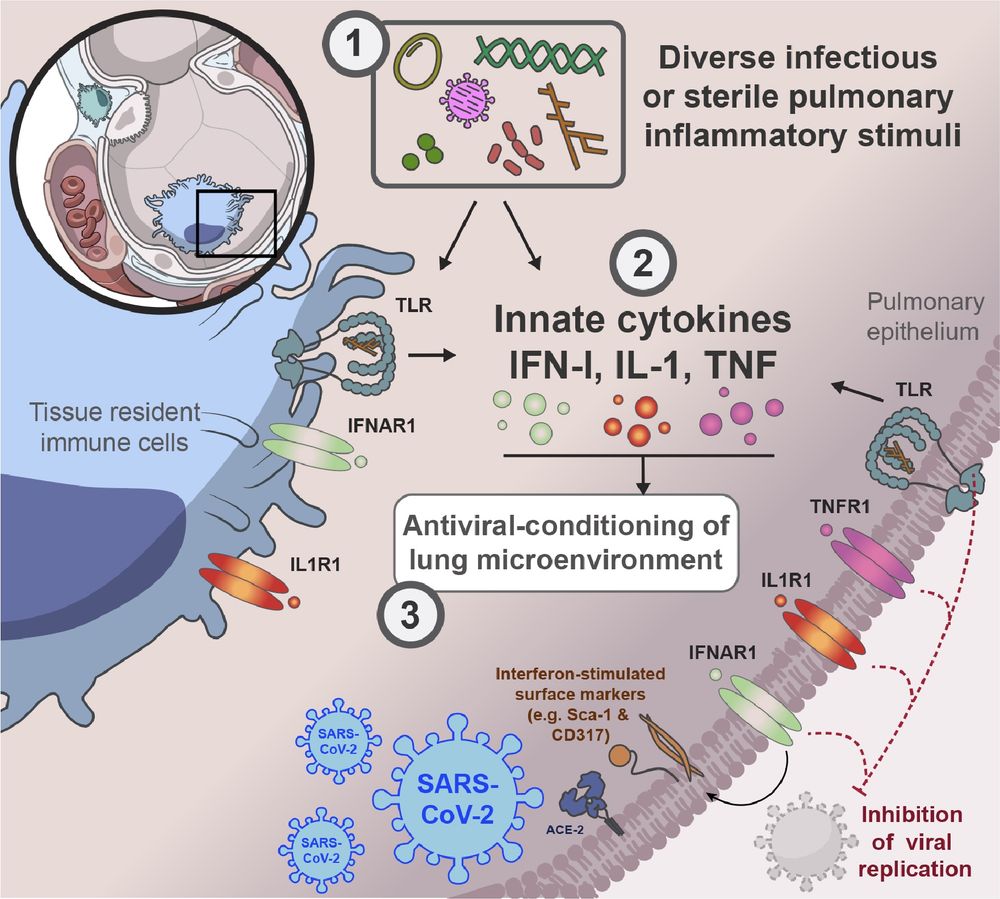
Graphical summary of our paper. In mice, prior lower airway exposure to diverse inflammatory stimuli, including chronic bacterial infections such as M. tuberculosis, acute bacterial infections such as pulmonary S. aureus, viral infections such as Influenza A, type-II allergic responses such as the OVA-Alum model, activation of pulmonary TLR9 by CpG or pulmonary TLR1/2 by Pam3CSK4 leads to reduced viral burden upon subsequent infection with SARS-CoV-2 (SCV2). (2) This SCV2 restriction occurs prior to induction of SCV2-specific adaptive immune responses and is mediated through innate immune responses, including the induction of IFN-I, TNFα and IL-1 and sustained changes to the TRM (Tissue resident macrophage) cellular compartment and the pulmonary epithelium. (3) Innate cytokine and TLR signaling to both recruited immune cells and the pulmonary epithelium creates a microenvironment in the lung that limits early replication of SCV2. IFN-I signaling to pulmonary ECs (epithelial cells) increases expression of interferon-stimulated genes, that likely cell-intrinsically limit viral replication. TNF- or IL-1 suppress SCV2 independently of IFN-I signaling. TNF acts exclusively through radio-resistant cell types such as the lung epithelium, whereas IL-1 affords control both direct and indirectly, through either stromal and hematopoietic cell types, to restrict overall early SCV2 burden.
Best #Nikolaus 🎅! Our paper on how the 🫁 microenvironment can shape #innate immunity against #viruses is out @sciimmunology.bsky.social This was a herculean effort brilliantly led by @pauljbaker.bsky.social who singlehandedly established the model in the lab during the pandemic. 🧪 #Immunosky 1/9
06.12.2024 22:37 — 👍 295 🔁 83 💬 28 📌 9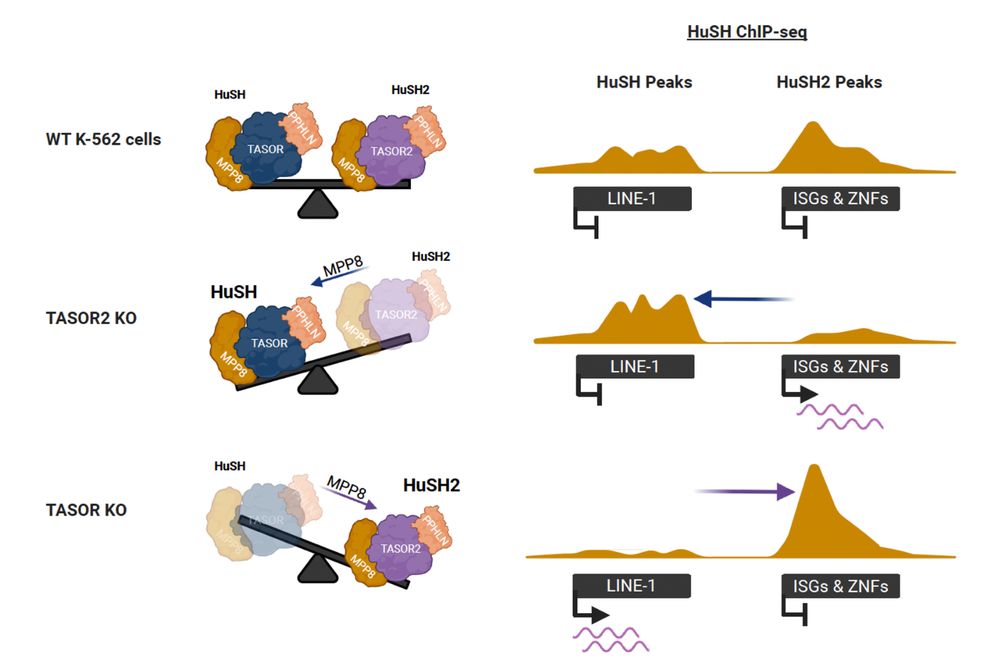
The HuSH complex silences retrotransposable elements. We identify HuSH2, centered on TASOR2, targeting KRAB-ZNFs and interferon genes, balancing retrotransposon silencing and immune regulation. www.nature.com/articles/s41...
03.11.2024 15:20 — 👍 76 🔁 38 💬 5 📌 0
Blocking IRE1α enables RNA accumulation, triggering ZBP1-driven cell death and making cold TNBC tumors ICI-sensitive!
www.cell.com/cell/fulltex...